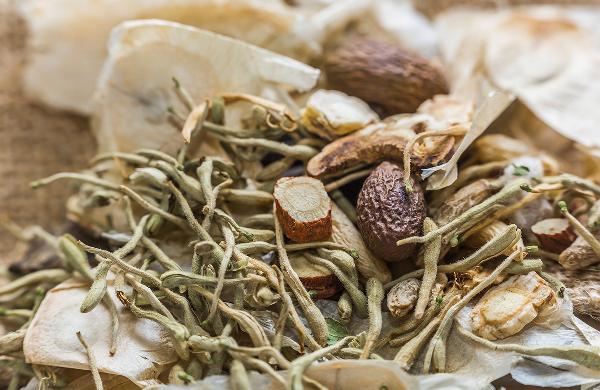In the pursuit of a healthy lifestyle today, the medicinal value of food is increasingly gaining attention. Luffa, a common vegetable, is hailed as the "nemesis" of blood pressure. But does it really have such miraculous effects? What other foods should we eat more of for vascular health? This article will reveal it all for you.

1. Is Luffa the "Nemesis" of Blood Pressure?
Luffa is rich in nutrients, including vitamins, minerals, and dietary fiber, and has certain health benefits. Among these, the potassium in luffa plays an important role in maintaining blood pressure balance. Potassium helps expel excess sodium from the body, thereby aiding in lowering blood pressure. Therefore, luffa is somewhat beneficial for people with high blood pressure.
However, calling luffa the "nemesis" of blood pressure might be a bit exaggerated. Blood pressure control is a comprehensive process that requires a reasonable diet, moderate exercise, good lifestyle habits, and necessary medical treatment. Relying solely on luffa to control blood pressure is unrealistic. Luffa can be part of a healthy diet but should not replace professional medical advice and treatment.
2. For Vascular Health, You Can Also Eat More of These Foods
1. Leafy Greens: Such as spinach, celery, and oilseed rape, which are rich in minerals like potassium, calcium, and magnesium, helping to lower blood pressure.
2. Whole Grains: Oats, brown rice, and whole wheat bread are rich in dietary fiber, aiding in controlling blood pressure and cholesterol.
3. Nuts and Seeds: Such as walnuts, almonds, and flaxseeds, which contain healthy fats and magnesium, helping to maintain vascular elasticity.
4. Fish: Fish rich in omega-3 fatty acids, such as salmon and mackerel, help lower blood lipids and protect vascular health.
5. Soybeans and Their Products: The isoflavones in soybeans have weak estrogenic effects, helping to improve vascular elasticity.
6. Citrus Fruits: Such as oranges and grapefruits, which are rich in vitamin C and fiber, helping to lower blood pressure.
7. Dark Chocolate: Dark chocolate containing flavanols, when consumed in moderation, helps improve vascular function.
3. Dietary Principles for Maintaining Vascular Health
1. Limit Salt Intake: Excessive sodium can lead to high blood pressure, so reduce the intake of salt and processed foods.
2. Control Fat Intake: Reduce the intake of saturated and trans fats, and choose healthy fat sources.
3. Increase Dietary Fiber: Dietary fiber helps lower cholesterol and keep blood vessels clear.
4. Maintain a Balanced Diet: A variety of food choices to ensure adequate intake of vitamins and minerals.
4. Conclusion
Although luffa has a certain positive effect on blood pressure, its effects should not be overstated. Maintaining vascular health requires us to start with overall diet and lifestyle habits—balanced diet, moderate exercise, avoiding bad habits, and seeking professional medical help when necessary. By consuming the aforementioned foods and following healthy principles, we can better maintain vascular health and prevent cardiovascular diseases. Remember, a healthy lifestyle is the key to maintaining stable blood pressure and vascular health.
Previous: What are the benefits of sea cucumber? Who should not eat sea cucumber casually?
Next: Are potatoes the "root cause" of cerebral hemorrhage? What should be noted when consuming potatoes?
Tags: Luffa, Blood Pressure, Food
























